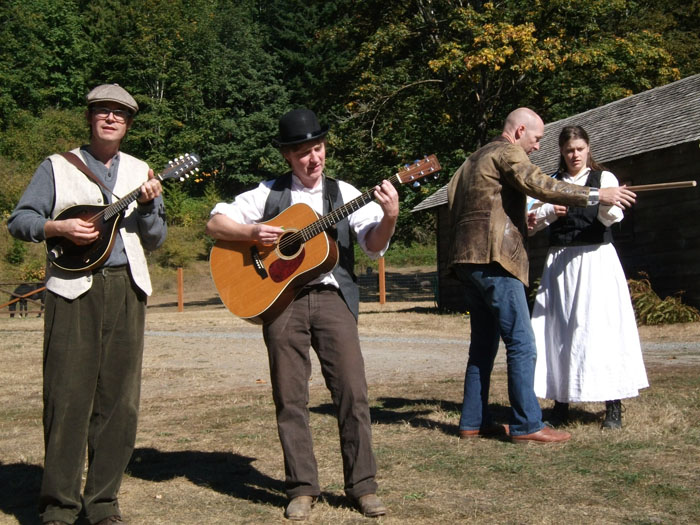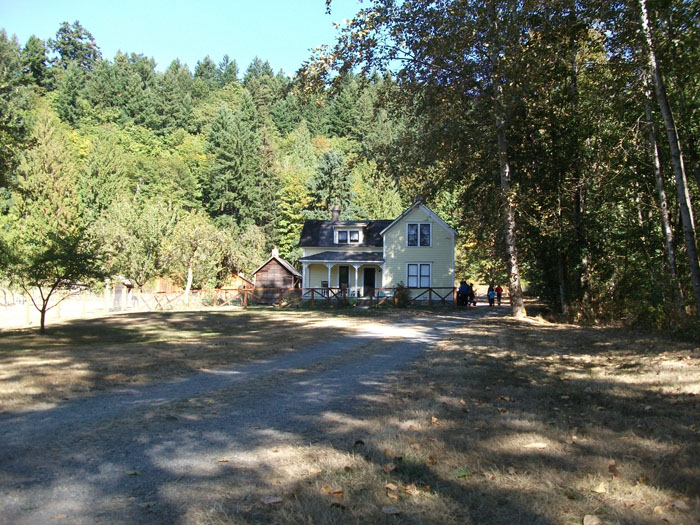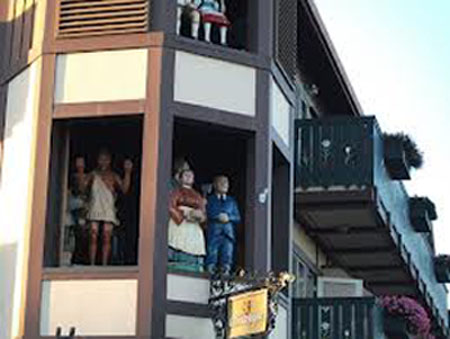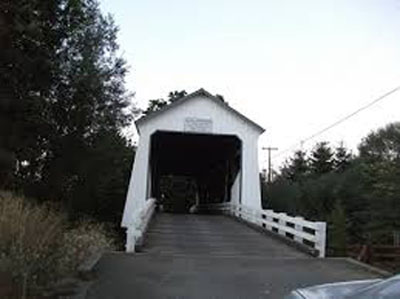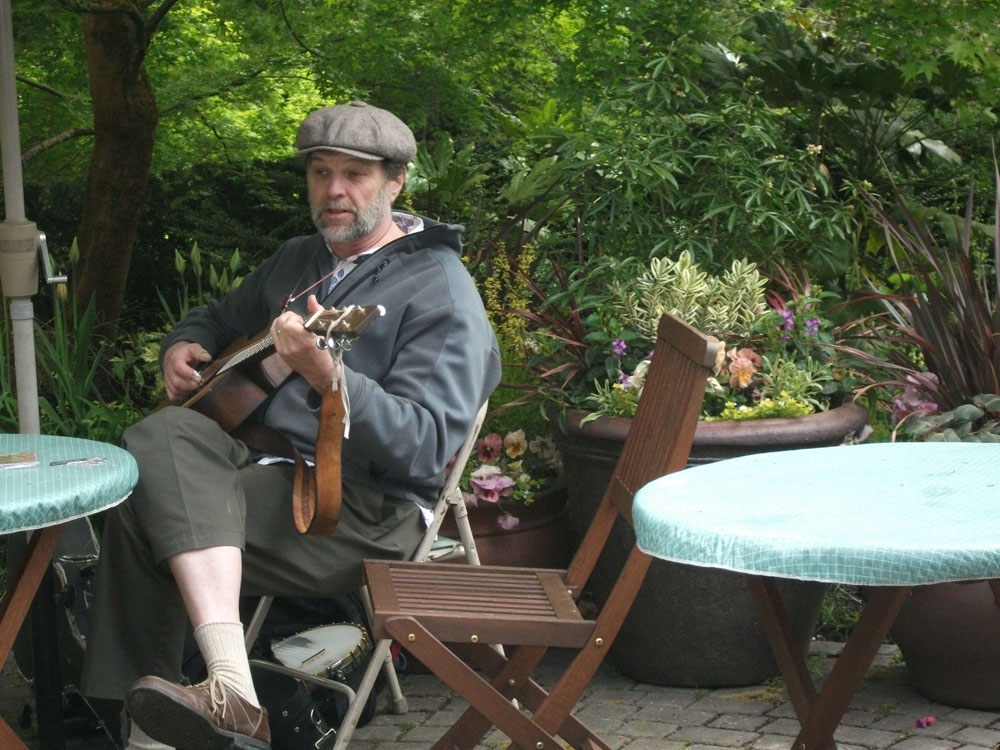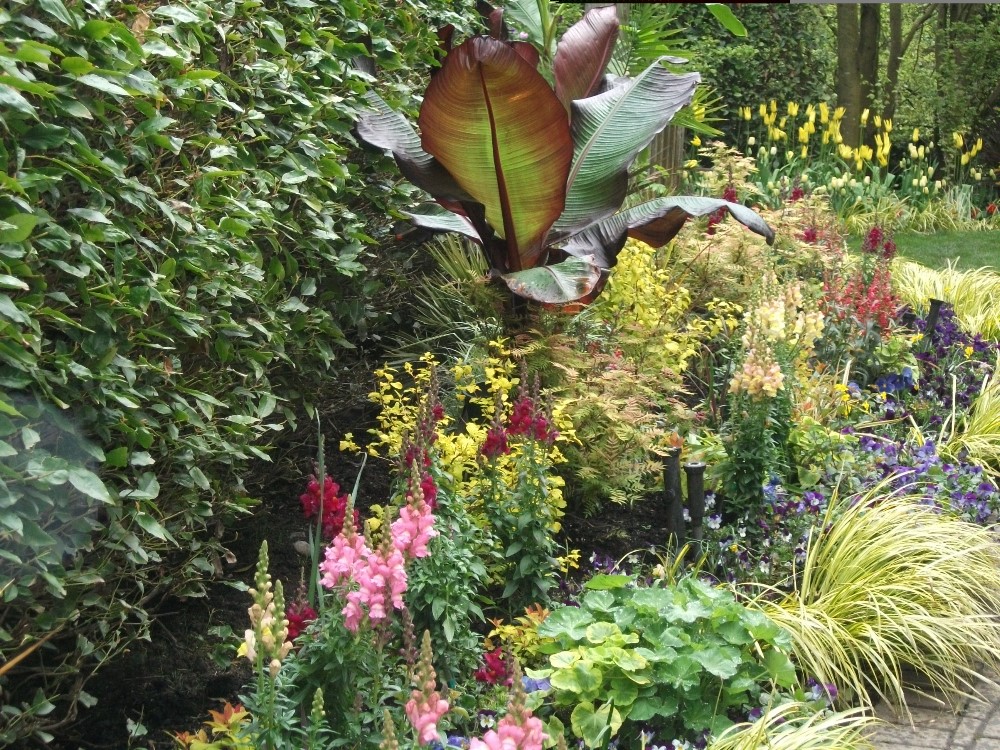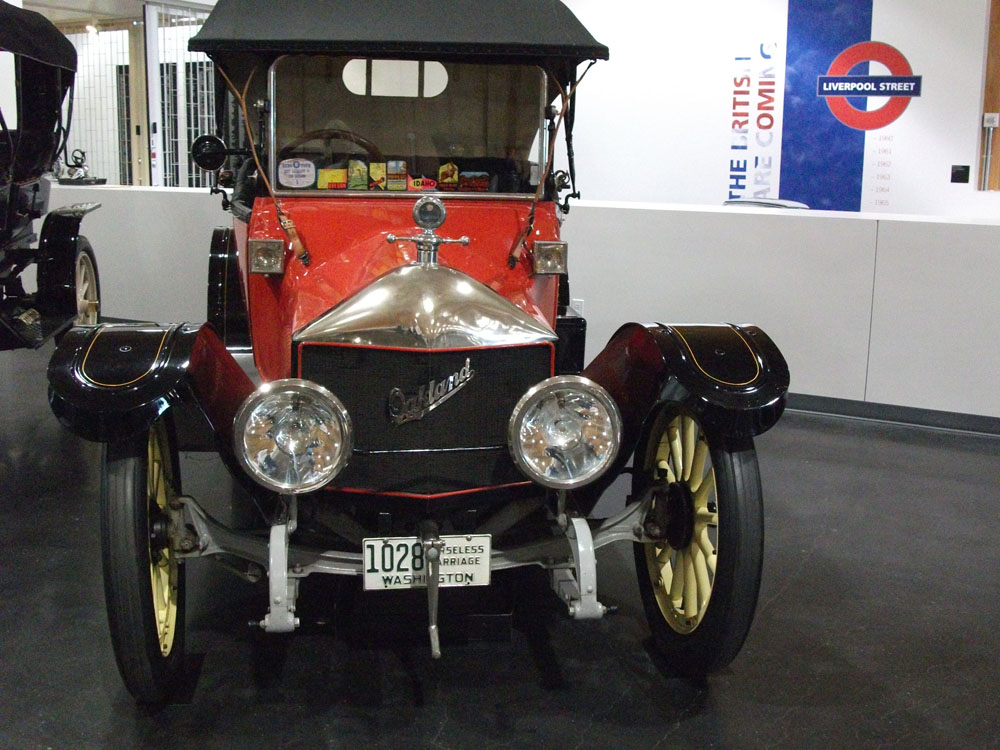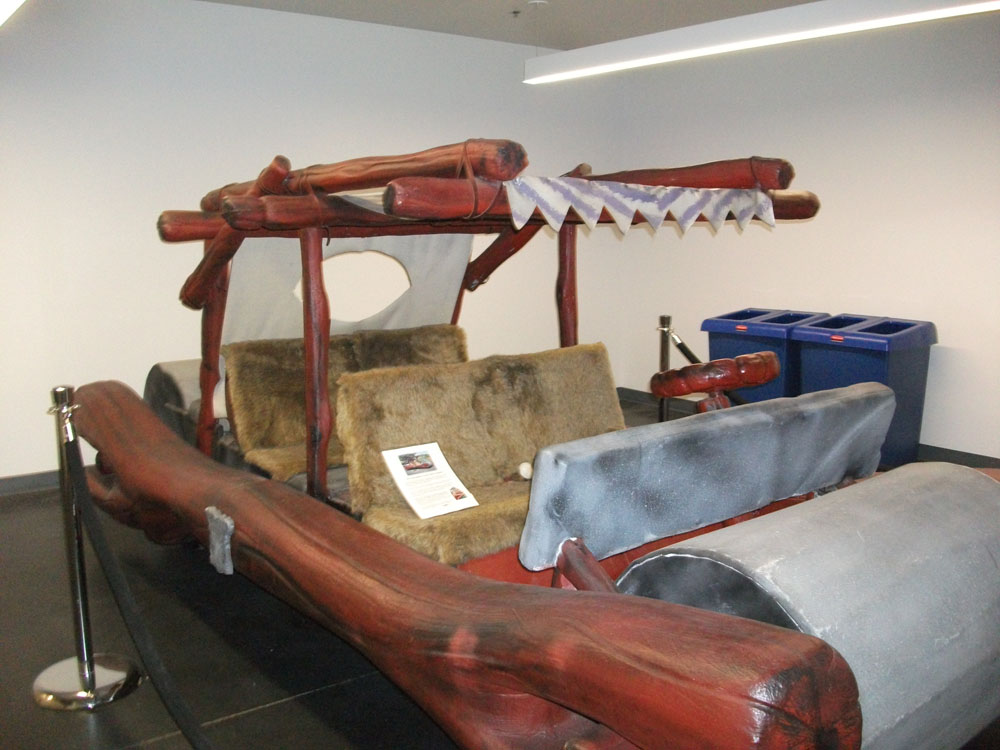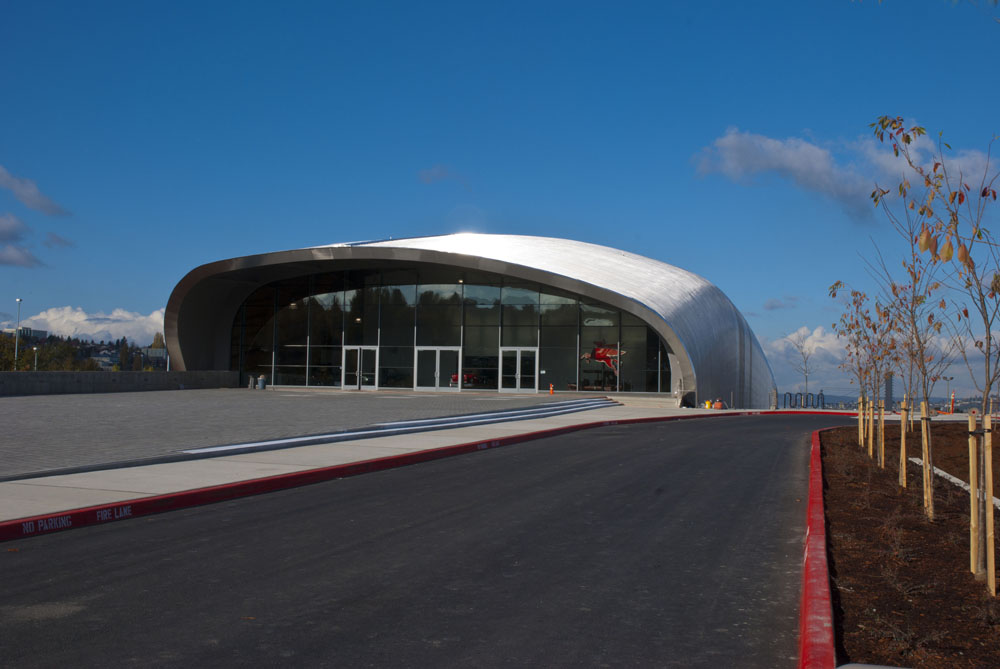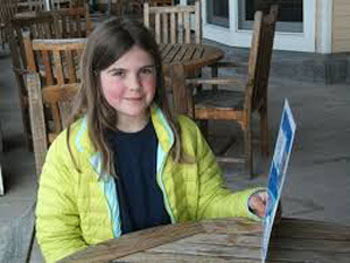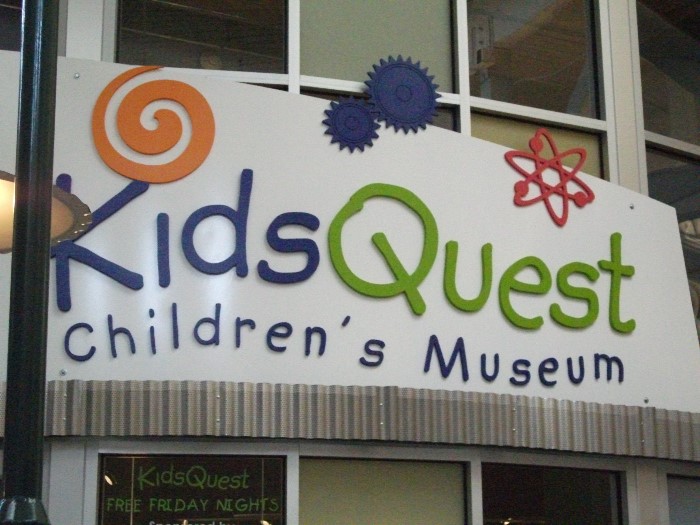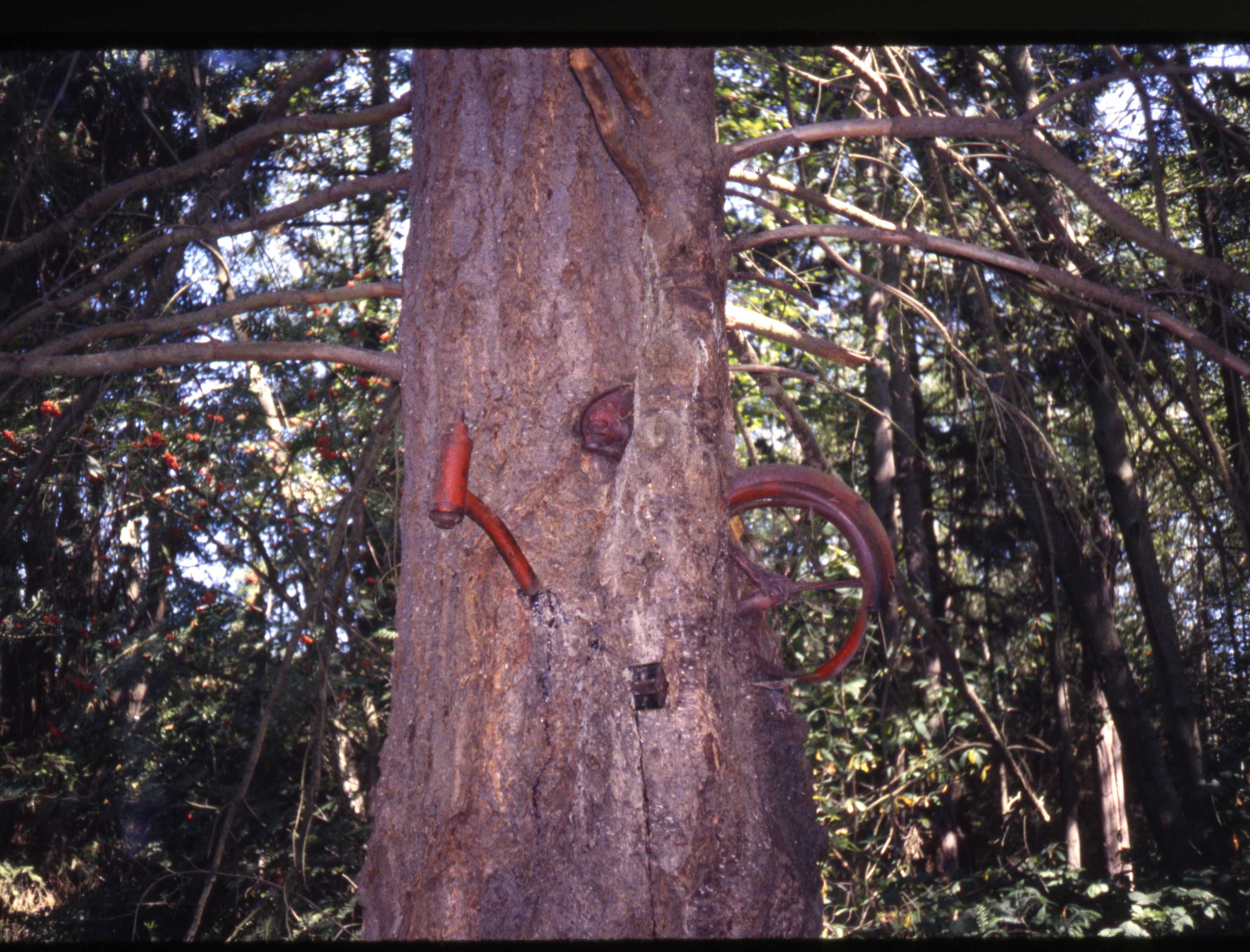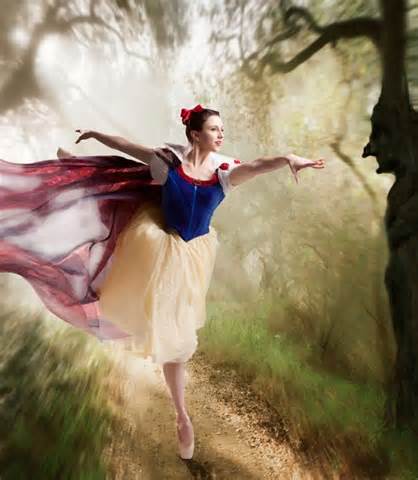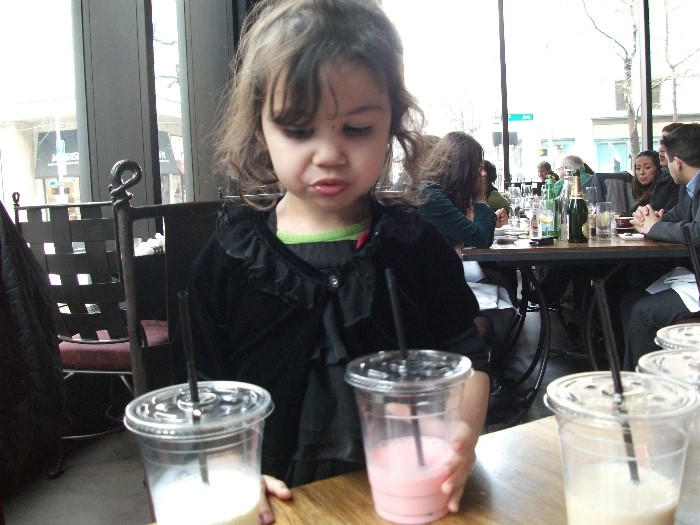When I bought tickets for “Outlaw Days,” I wasn’t sure what it was. But the tickets were only $5 each and I’d heard so much about the Mary Olson Farm in Auburn and the activities there, I thought I couldn’t miss.
Lo and behold, I stumbled onto a real gem. “Outlaw Days” turned out to be a play, but not in the usual sense of the word. Instead, when the scene changed in the production so did the audience and the actors. We followed the play around to different places on the farm and ended up inside the barn for the final act. I’m not sure what they call that kind of play or even if it has a name, but it sure was a fun experience.
The interactive theatre experience centered on a time in 1902 when the Olson family was taken hostage by the notorious outlaw Harry Tracy. I’m not sure if it’s true or not, but the actors make you think it could have been. The acting was stellar and must have been difficult because almost all of them played multiple roles. So there were lots of quick costume and character changes.
The play continues this weekend and I urge anyone interested in history or dramatic arts to attend.
The Farm holds numerous events including overnight camping, summer camps for kids, group tours and special events like “Outlaw Days.” A project of the White River Valley Museum, the Farm originally operated as a subsistence farm. In 2011 it was restored to its current state and opened to the general public. The interior of the house is furnished just like an old farm house.

